The following is a transcription of a now-legendary piece by thrower Sean Langford to answer the eternal question of “how much do my distances suck?” If you are a Highland Games athlete or fan, you can learn a lot here and have a laugh as well.
The Scottish Heavy Events are the ultimate test of strength, technique and power. Athletes will demonstrate incredible feats of each as they attempt to conquer the eight events of the highland games. Each event is different, requiring a tremendous amount of technique mastery. Here are some guidelines to better help you understand the distances associated with each event.
Open Stone
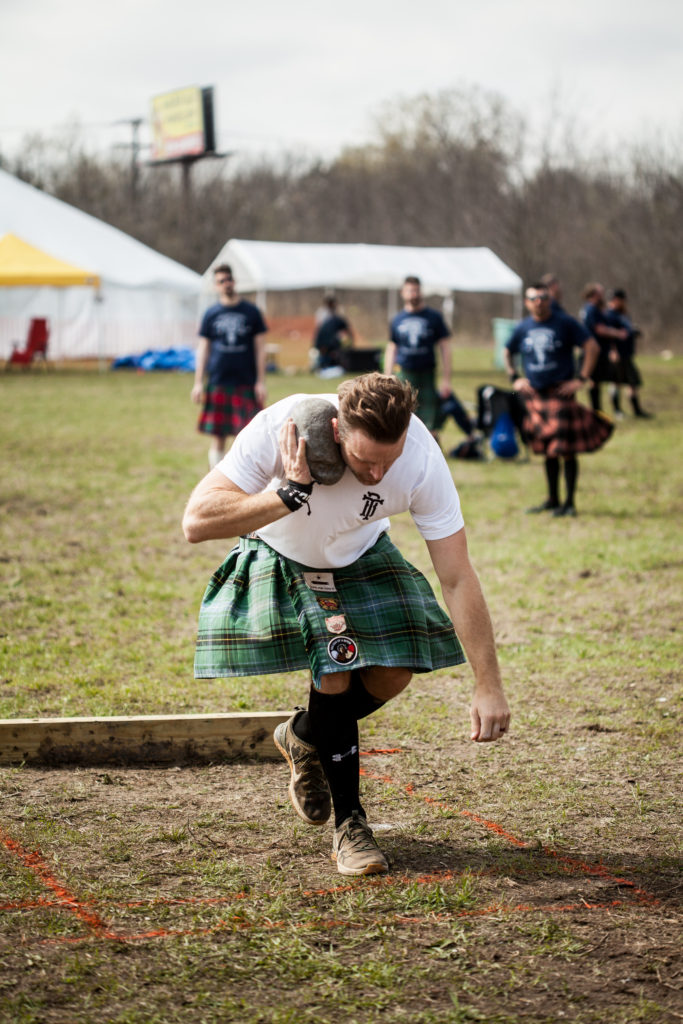
Think Olympic shot put, only with a rock. You can move your feet, often in a rotational or glide manner, all you want within a 7.5’x 4.5′ area. We’ll use a 16lb stone for distance reference.
25′ – All shoulder throw. You don’t know where your legs are, or if they’re even attached.
30′ – You’ve got some kind of shuffle going on, but not enough leg drive.
35′ – Starting to truly get it, but the angle’s probably low. Very decent Amateur B mark.
40′ – A pretty standard Amateur A mark. Means you’ve probably had no official training with shot
putting, but you’ve watched enough video to fake it.
45′ – You’ve got it going on. High Amateur A or even a low pro.
50’ – Probably another one of those track and field guys 10 years of coaching backing him up.
60’+ – Everyone else gives up.
Scottish Hammer
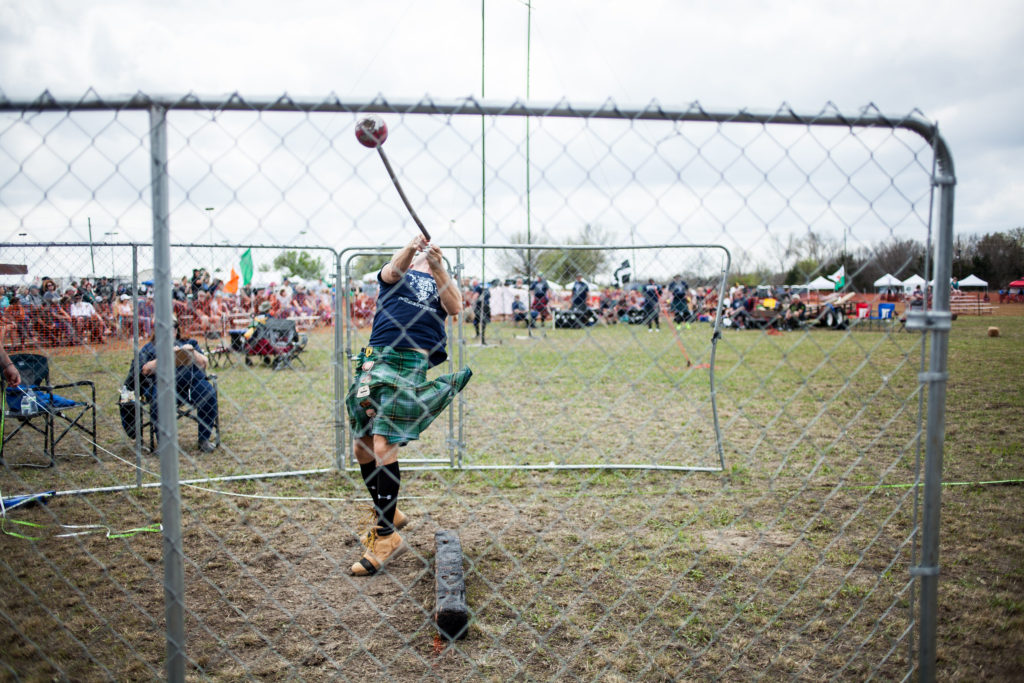
Precursor to the Olympic hammer. Solid handle. 50″ long. Feet can’t move. Release behind you. Spikes are often put onto boots to allow more leaning back or at least more traction on the ground. I’ll use the light hammer version as reference. For the heavy hammer, just subtract 20′.
70′ – Winds feel like an unfolding lawn chair. You’re just starting, have poor shoulder flexibility or just
hate this event.
80′ – Winds are smoother, but hard to put full strength into throw because of mis-timed power position
or bent arms.
90′ – Still no spikes on your feet, but now you have a decent release angle. Probably still bending your
arms on the winds, but the release is sweet. This will win you most Am B contests.
100’ – You figured out how to speed it up and now you look like a hammer thrower.
110’ – More and more competitive. High Amateur A number.
120′ – You probably like the hammer now and consider it the best event ever.
130′ – You can throw hammer anywhere and with anyone and no one laughs.
150+ – I think there are four of you.
Light Weight for Distance
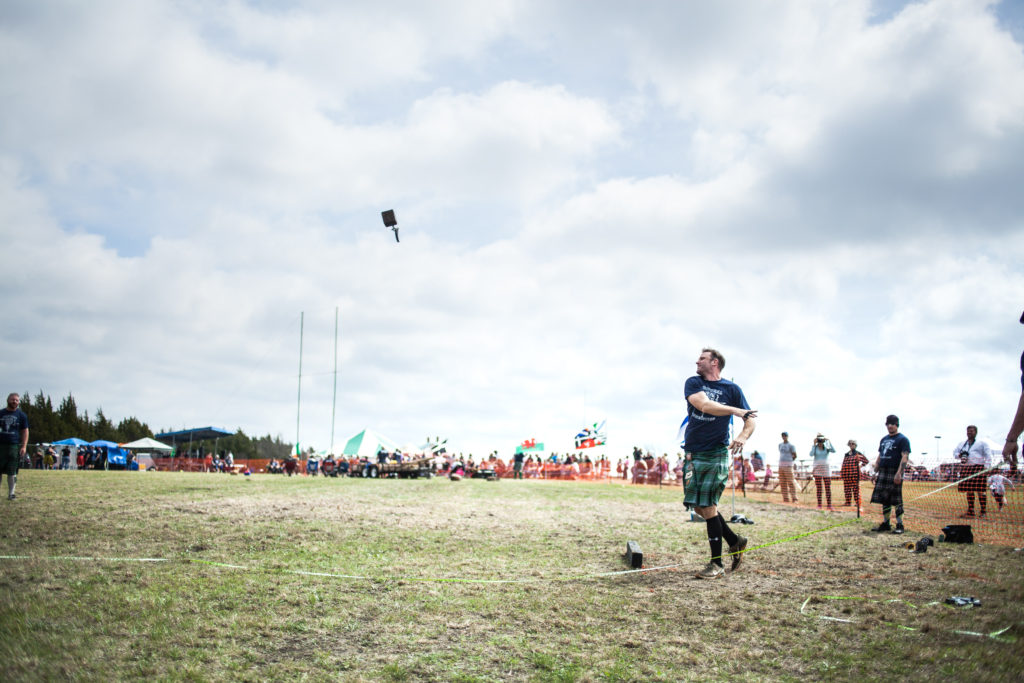
28 lb./14 lb. at the end of a chain. 18″ long, total implement. 4.5’x 9′ area to throw in. How hard can it be?
35′ – You just started and moving your feet without planting your heels pains you mentally. Single spin
stuff.
40′ – You took your single spin and made it smooth. Now you just need to make it fast.
50′ – You learned two spins and still miss your power position from time to time, but it’s getting cleaner. High Amateur B number.
60′ – You know how to throw this thing. Now it’s a matter of playing with angles, adding more speed and getting more leg drive. You also consider just getting fatter to help with the momentum.
70′ – High Am A number/low pro. You were probably a discus thrower or had someone that knew how
to throw this thing teach you.
80′ – People watch video of you doing this to learn how to do it themselves.
90’+ – You make people want to quit throwing.
Heavy Weight for Distance
Everyone’s macho until they do this event. 56lb is not heavy. 56lb at the end of your arms while you are spinning is very heavy. Same rules and length as the 28lb.
20′ – You probably stayed on your feet and looked like you knew what you were doing.
25′ – A good toss. Kind of a boundary between Amateur B and Amateur A status.
30′ – A very good toss. Respectable enough anywhere.
35′ – People will sometimes come up to you and ask you how you did that.
40’+ – You can get drunk and talk about how good you are at that event and no one will question you.
Weight Over Bar
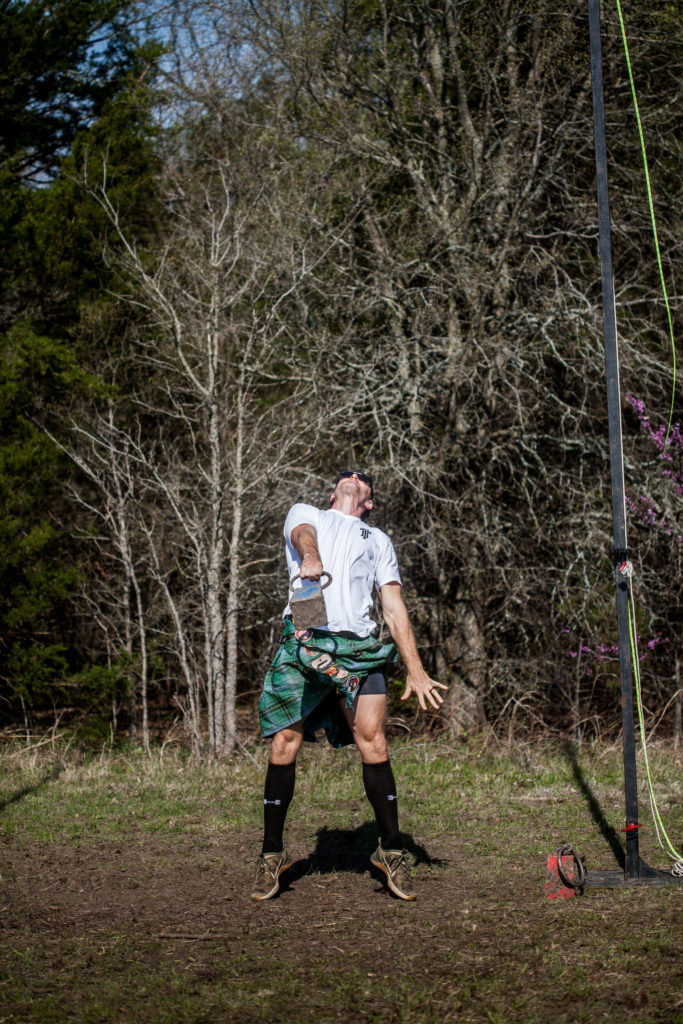
Seems simple enough. Throw 56lb (four stone) with one hand and release it over a bar
10′ – You finally settled most of your timing issues. An average Amateur B mark.
11′ – You’ve got some explosiveness but still have issues with throwing straight up and straight down
again. You’re in the hunt as an Amateur B.
12′ – Kind of the Amateur A/Amateur B crossover point. Your height may be hindering you here.
13′ – A good mark. Nothing to be ashamed of here.
14′ – A very good mark and you definitely have some wheels under you.
15′ – You can play anywhere against anyone.
16′ – You’re elite at this event and the weight literally whips out of your hand.
17’+ – You’re a freak who makes this event look way too easy. You probably came in at 15.
If you’re an experienced athlete interested in improving your Highland Games numbers, or are just getting started in the sport, check out these Throwing and Lifting coaching options:
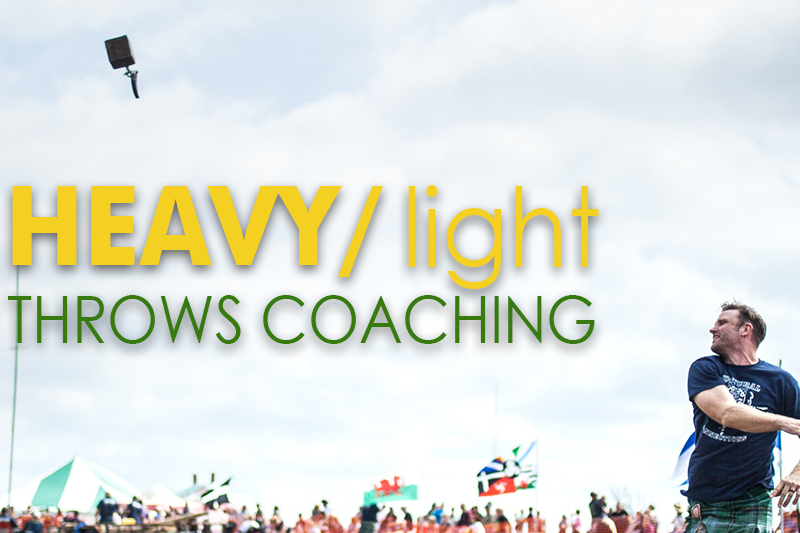
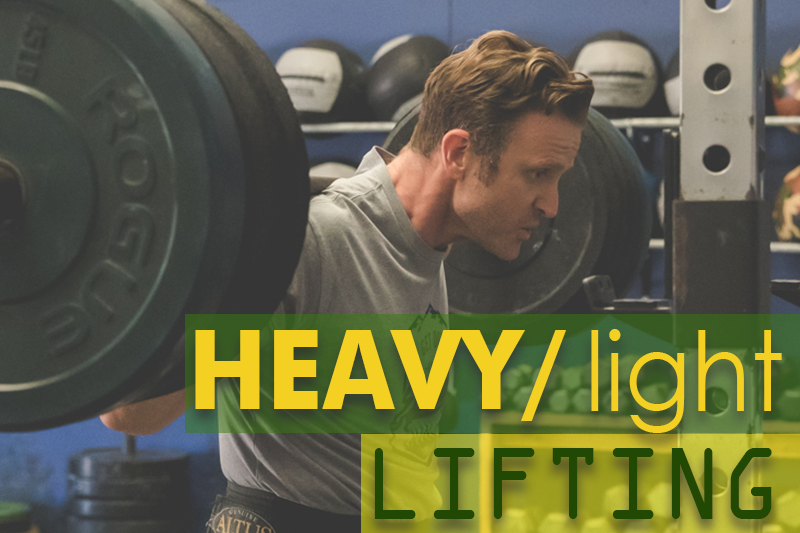

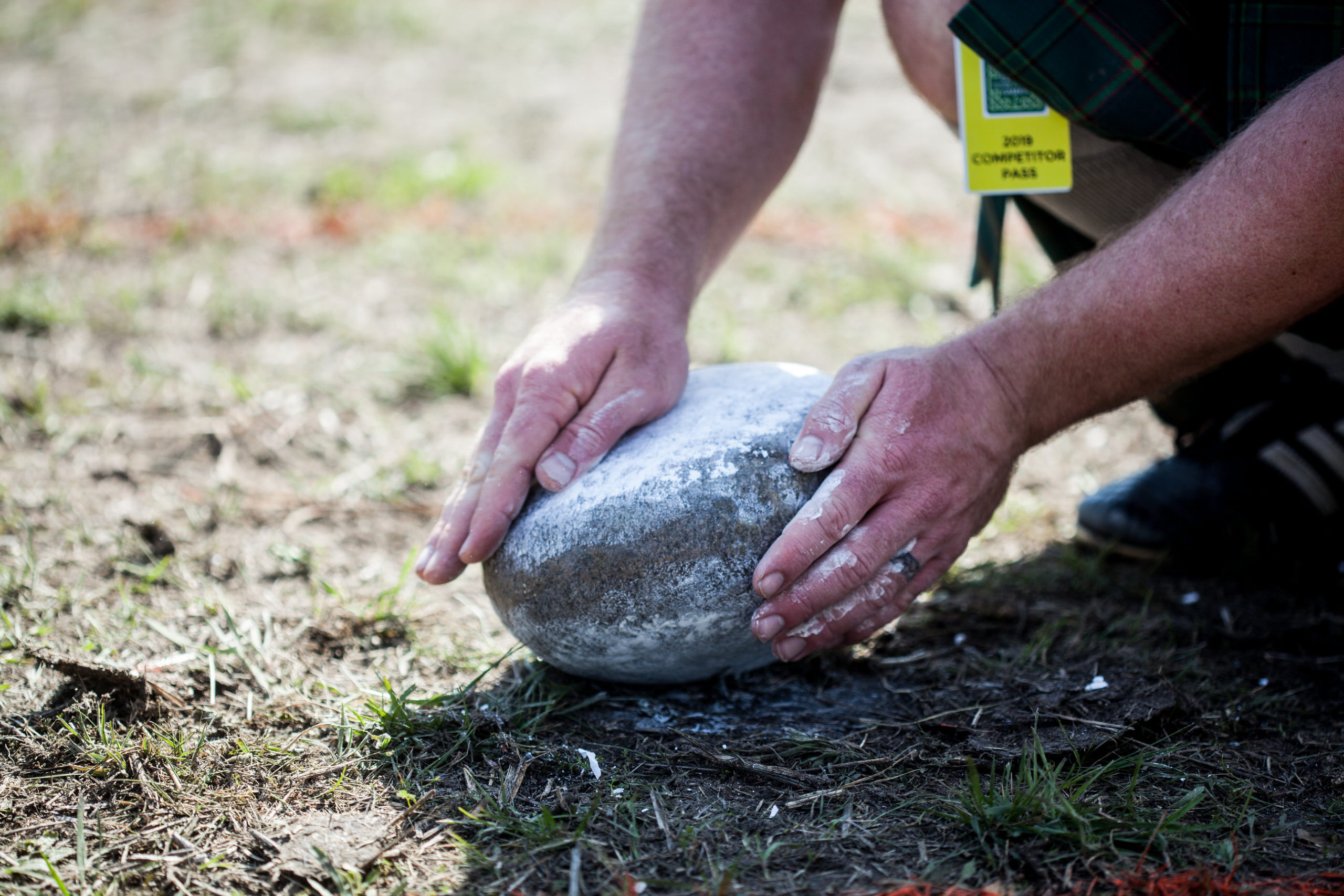
Leave a Reply